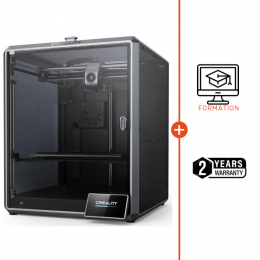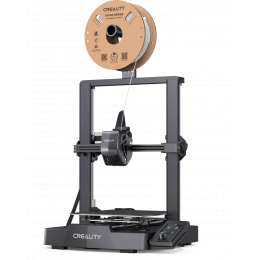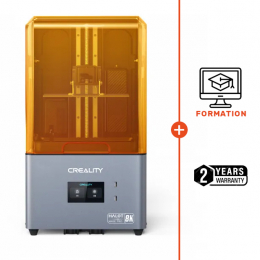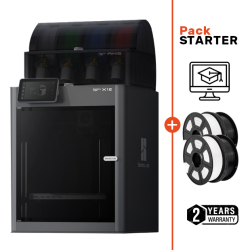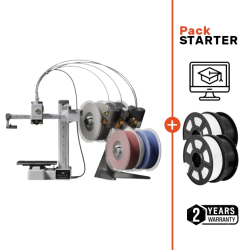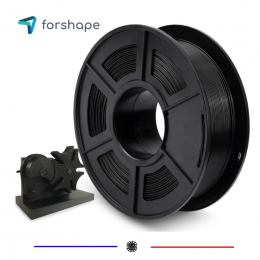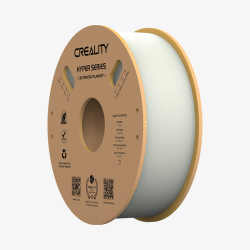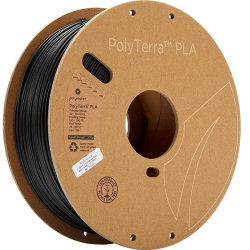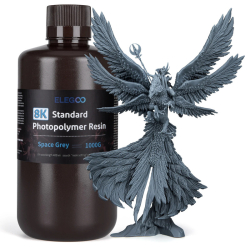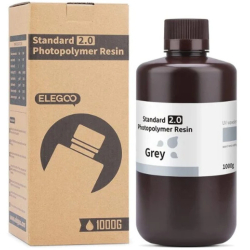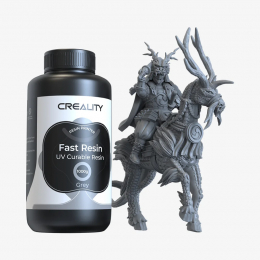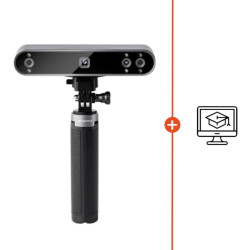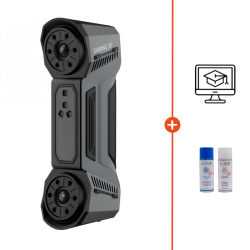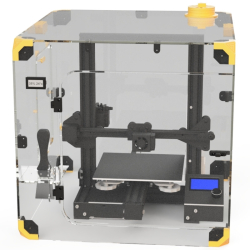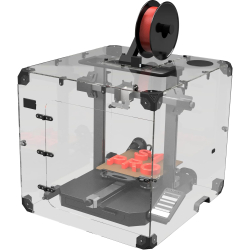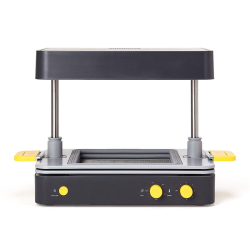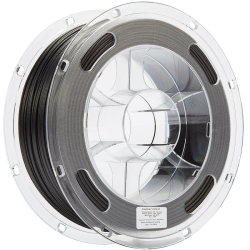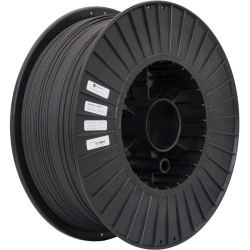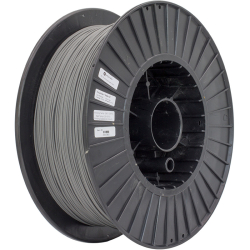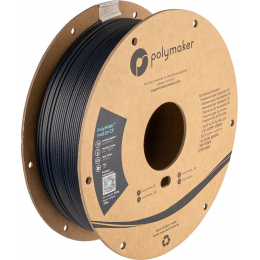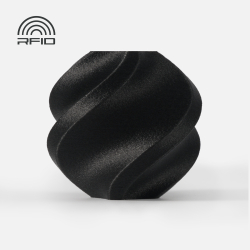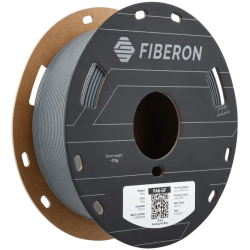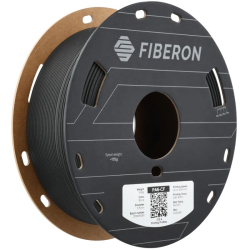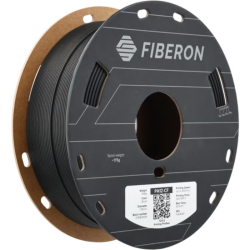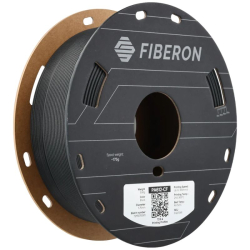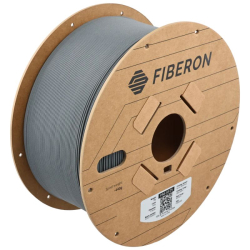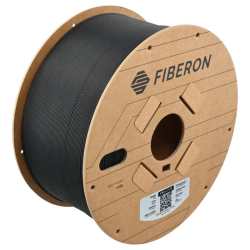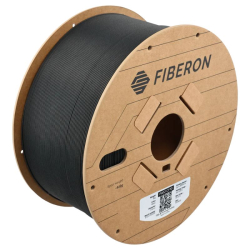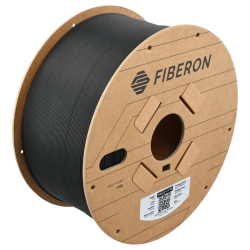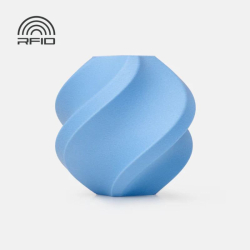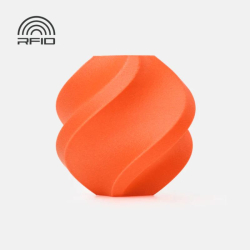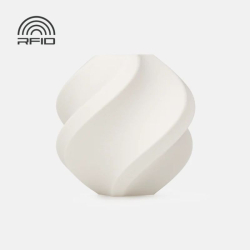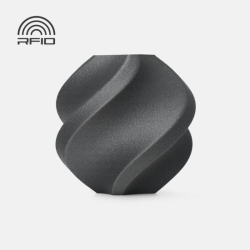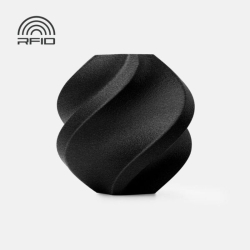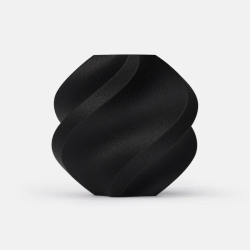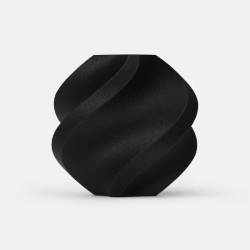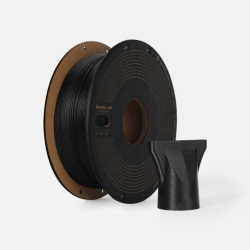- 👨🔧 Premium After-sale service
- 🚚 Free delivery from €39.90
- 📦 Return under 14 days
- ✉️ Customer service
Nylon composites
Active filters
Nylon composites
Composite nylons refer to all filaments made from a polyamide matrix and reinforced with fibers, powders, or spheres. For example, 3D printing offers variations like PA6 GF or PA 6-66 CF. These technical composite filaments provide excellent mechanical performance, making them ideal for replacing metal parts in the automotive industry—such as under-the-hood components, transmission parts, or cooling systems—but also in 3D printing for industries requiring strong and tough tools. Their carbon fiber reinforcement broadens their applicability in the automotive sector, especially with increasing recyclability requirements.
The incorporation of spheres (PA6GF Polymaker) or glass fibers allows for highly loaded compositions, with up to 30% for some filaments. The carbon version is generally limited to 15–20% but already offers impressive stiffness.
Due to these compositions, composite filaments are particularly abrasive for 3D printers. It is therefore essential to use a nozzle more resistant than standard brass. We recommend at least a steel nozzle and ideally a ruby nozzle.
Composite nylon spools are as sensitive to humidity as traditional nylons, so make sure to store them in a dry environment.
How to choose your composite nylon filament?
Choosing a composite nylon filament usually depends on the heating capabilities of your 3D printer—both nozzle and build plate.
Generally, glass fiber is preferred for its high mechanical performance and overall strength. Stiff yet impact-resistant and flexible, glass fiber nylon also excels in thermal resistance under load. Carbon nylon filaments are used in demanding applications for achieving extreme rigidity while remaining lightweight.
PA6 GF and PA6 CF filaments from Polymaker are only available in 3kg spools. BASF’s PAHT CF15 is offered in a 750g version. In any case, the quality of these technical materials is well proven.
Why choose a composite filament?
In 3D printing, nylons are known for being prone to warping due to their high shrinkage rate. This issue is significantly reduced when using the filled version of these polyamides. Fiber reinforcement limits material deformation, which greatly improves bed adhesion. Additionally, the fibers help retain and diffuse heat, enhancing layer bonding in your 3D prints.



